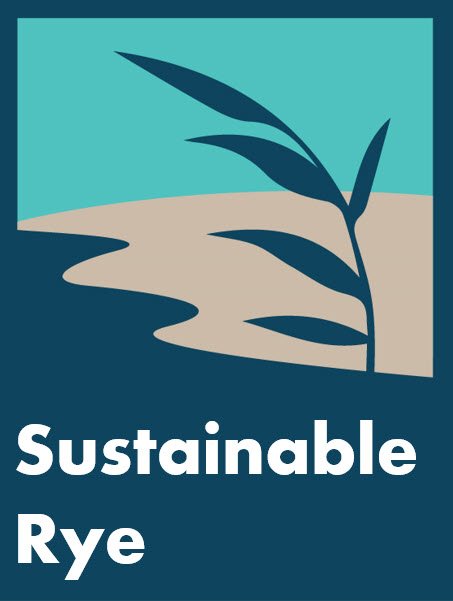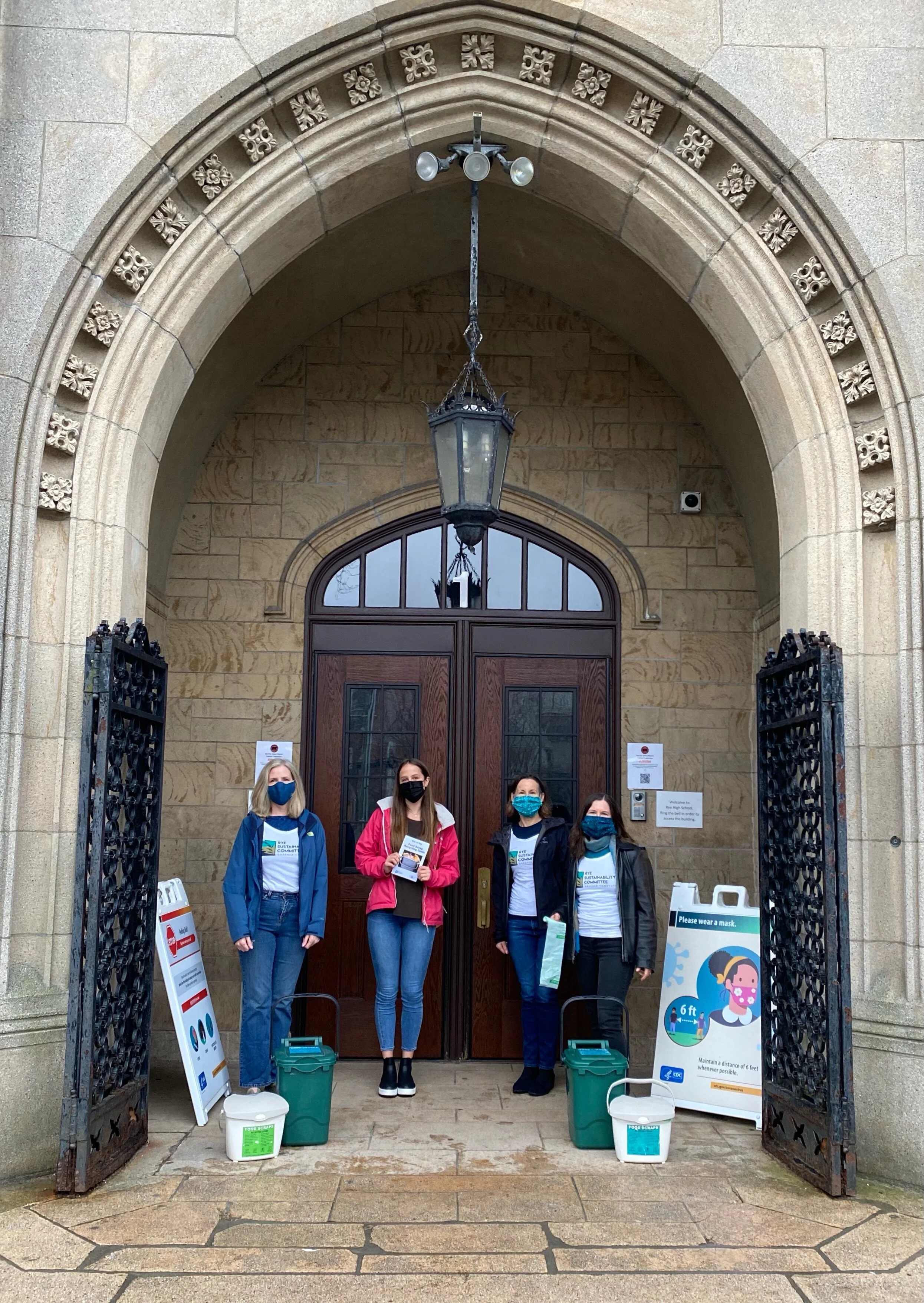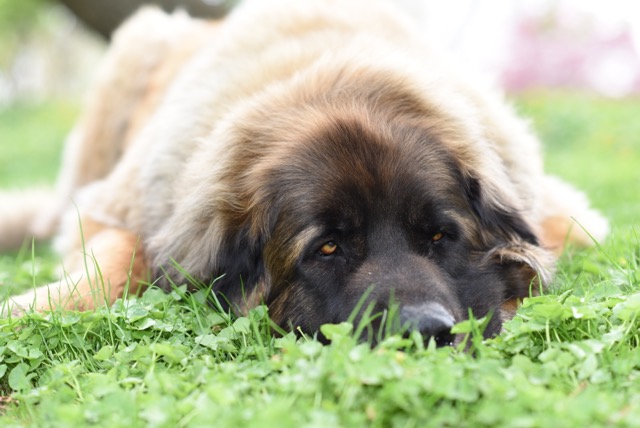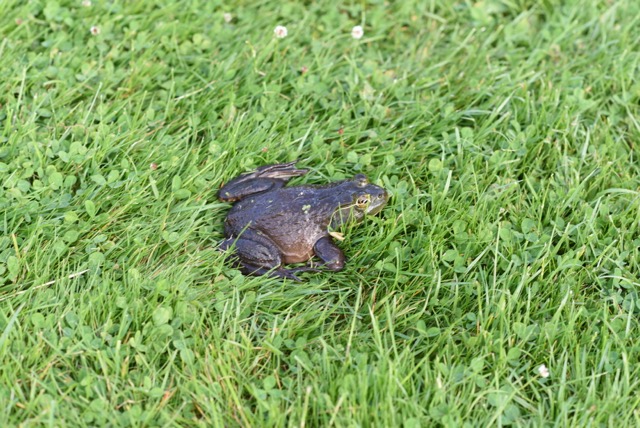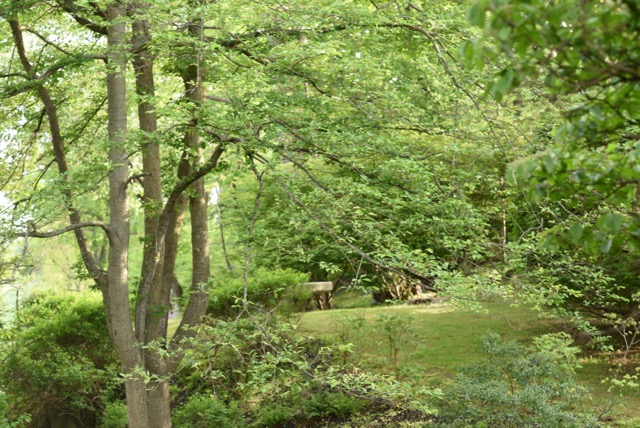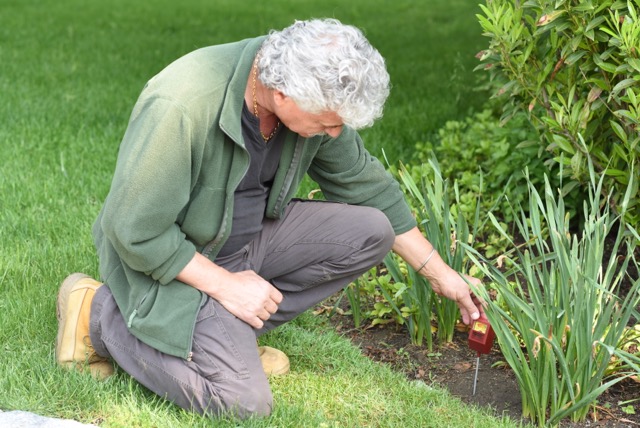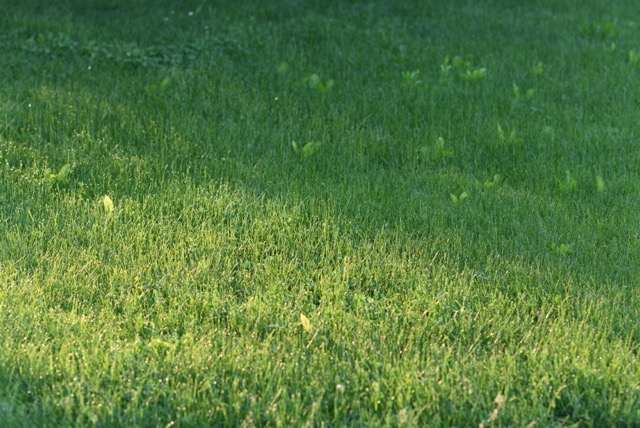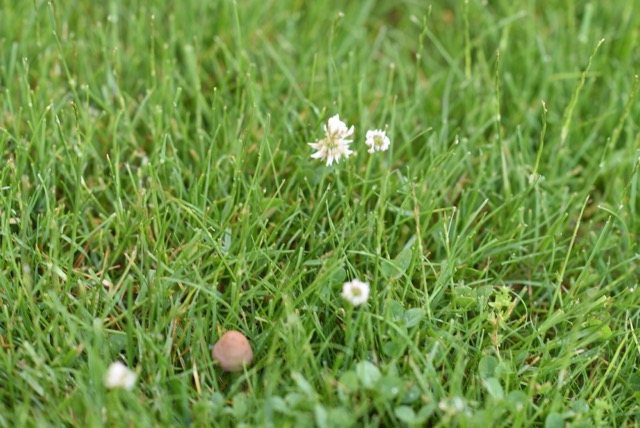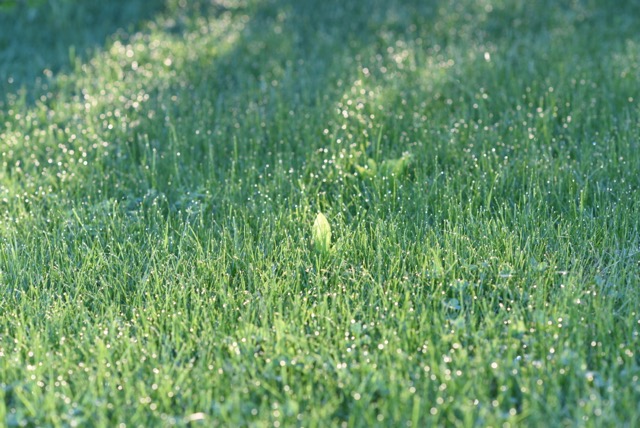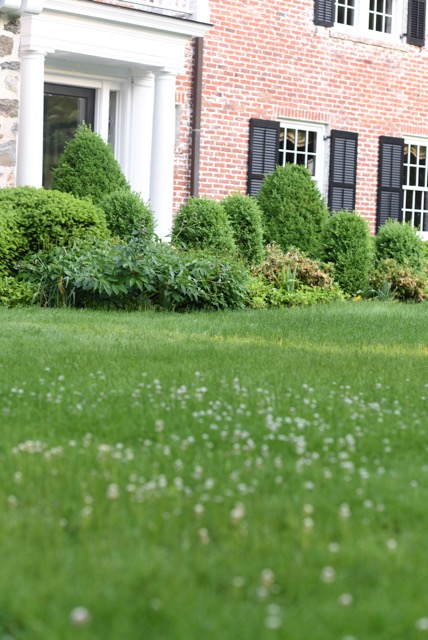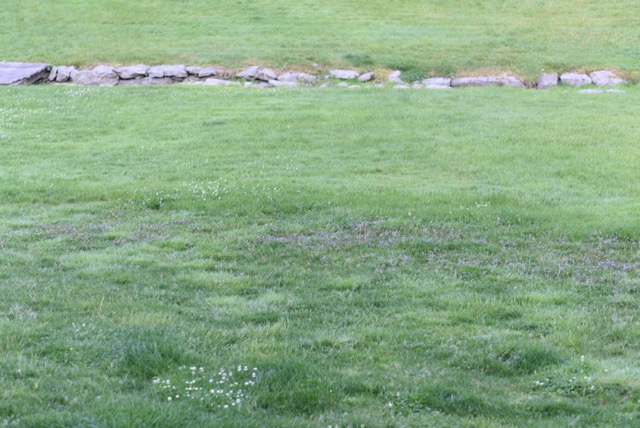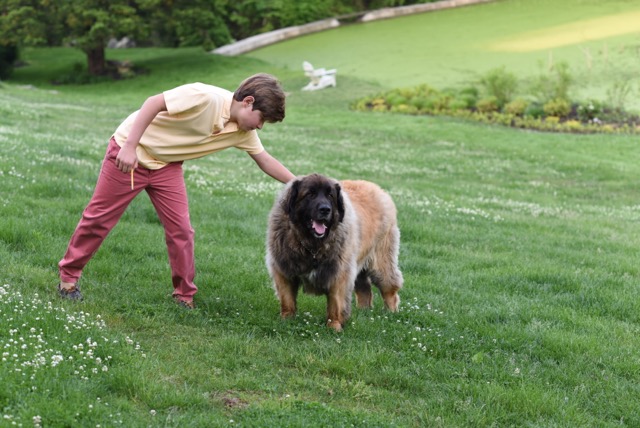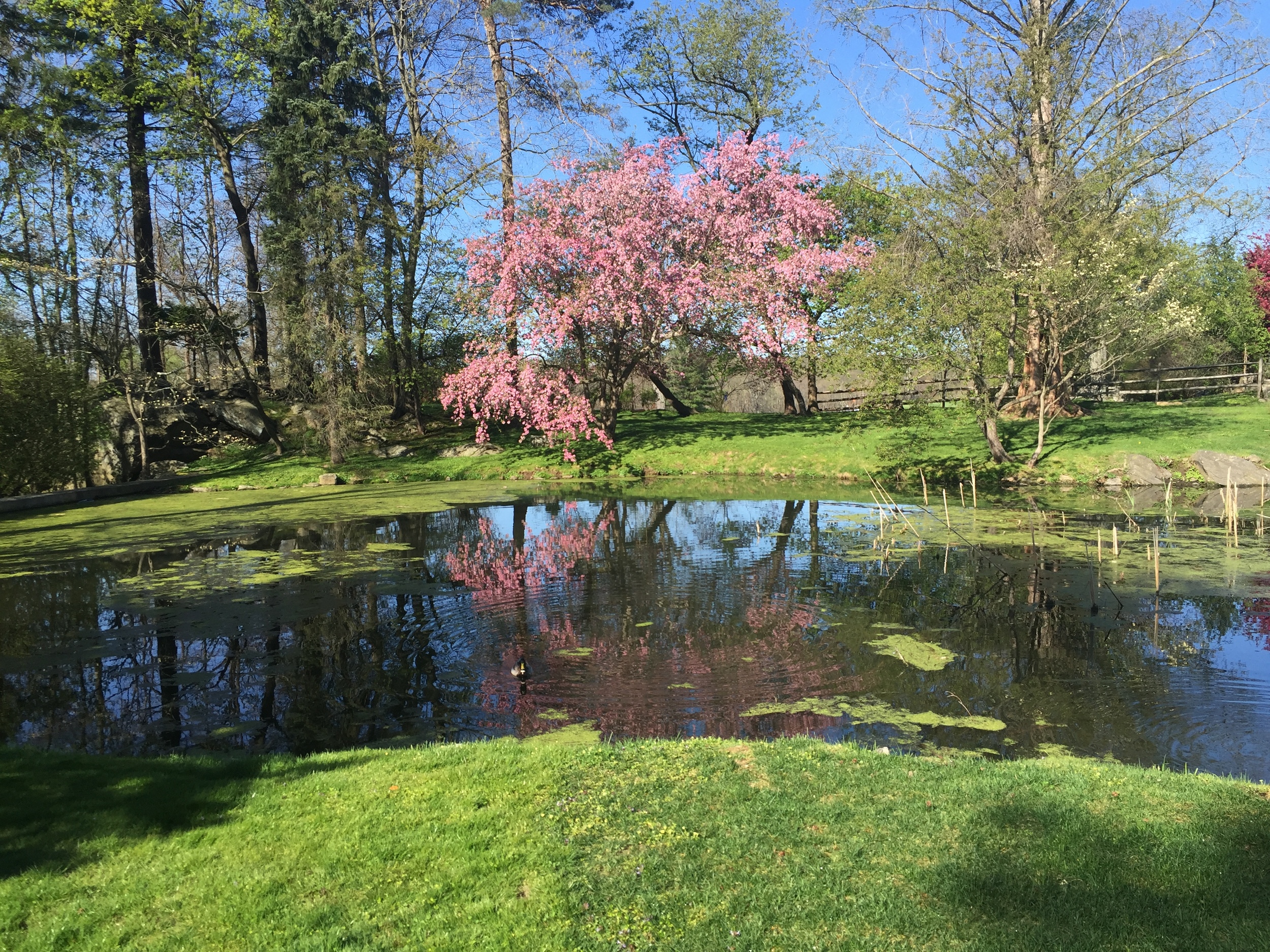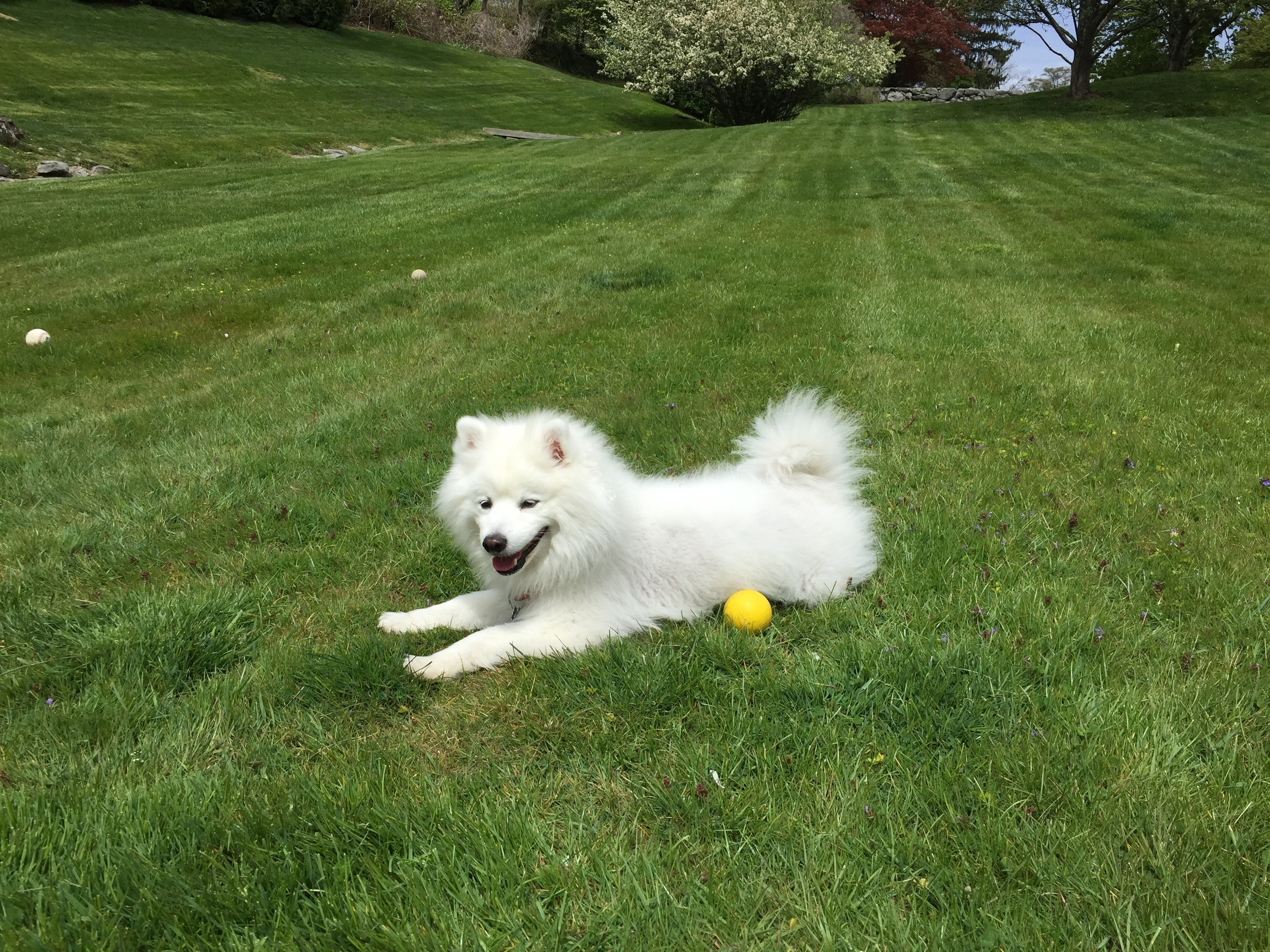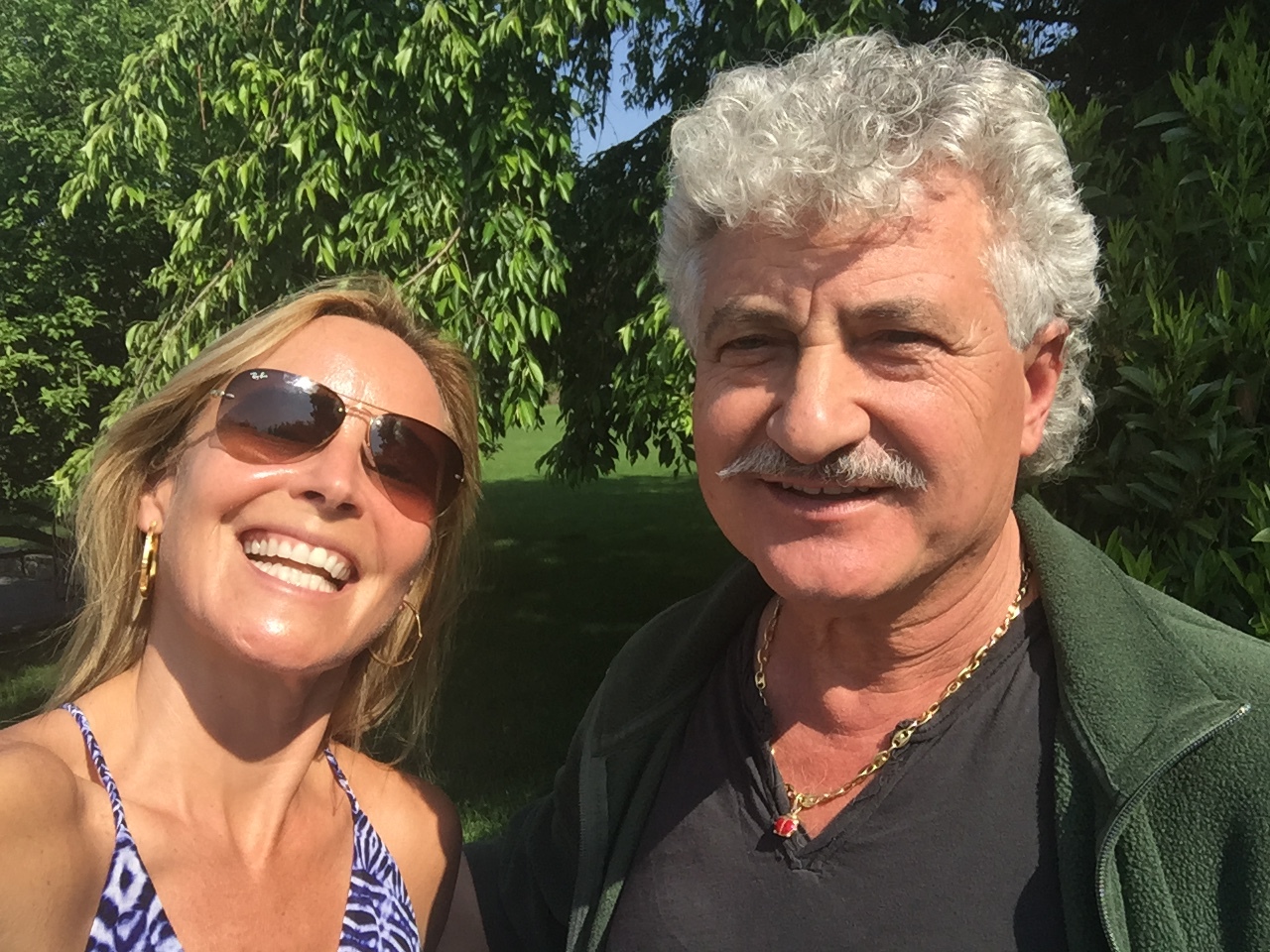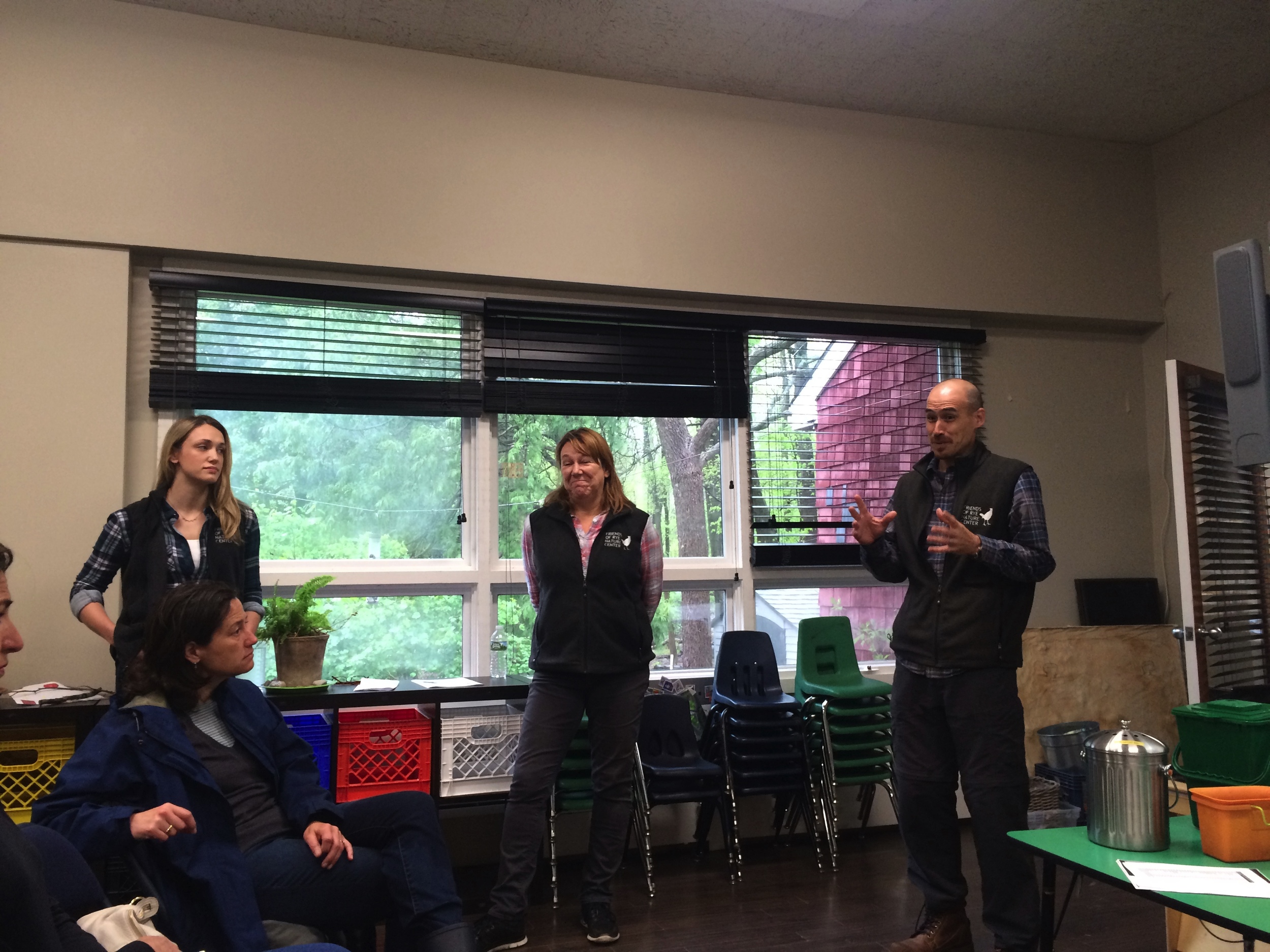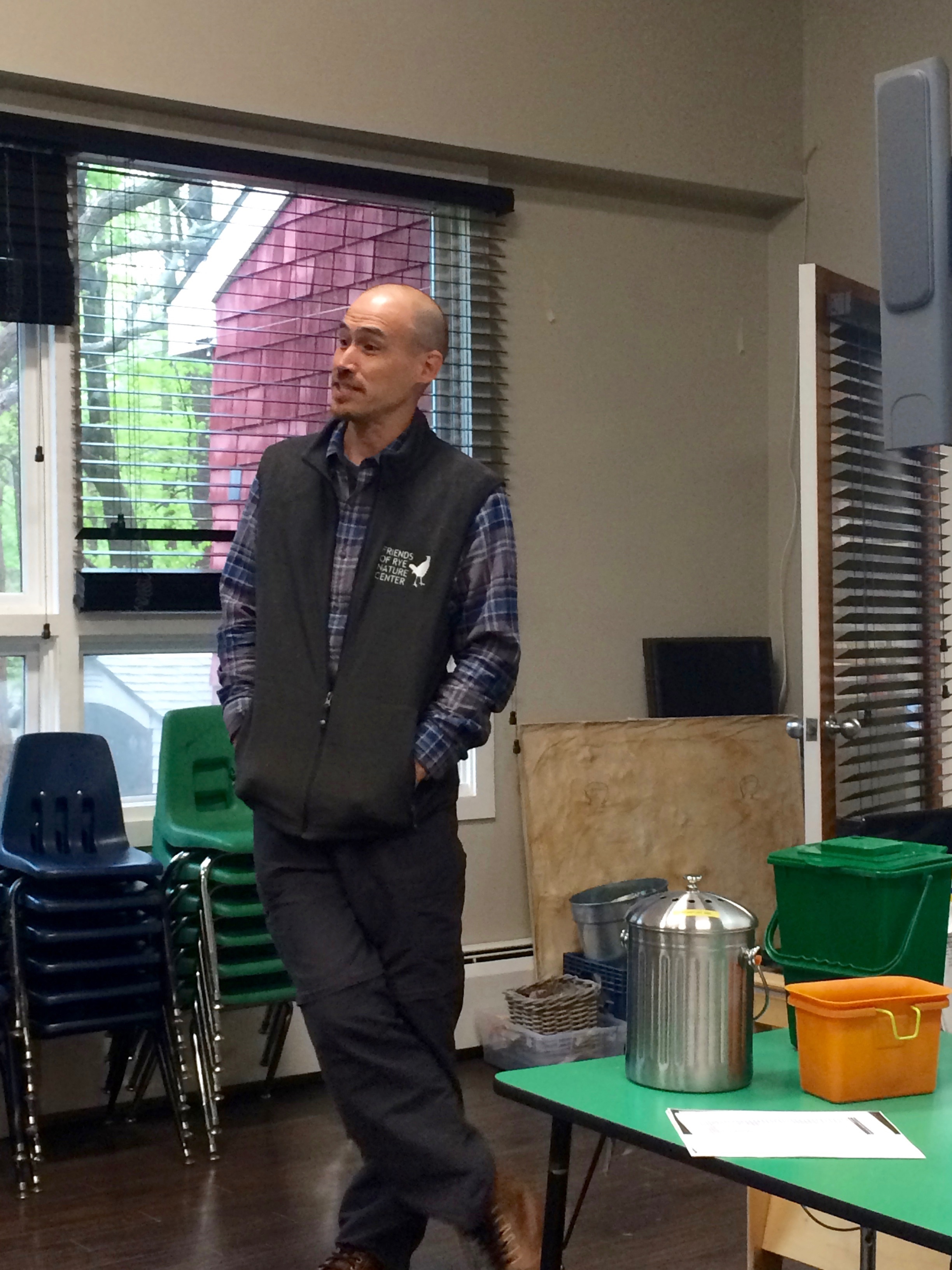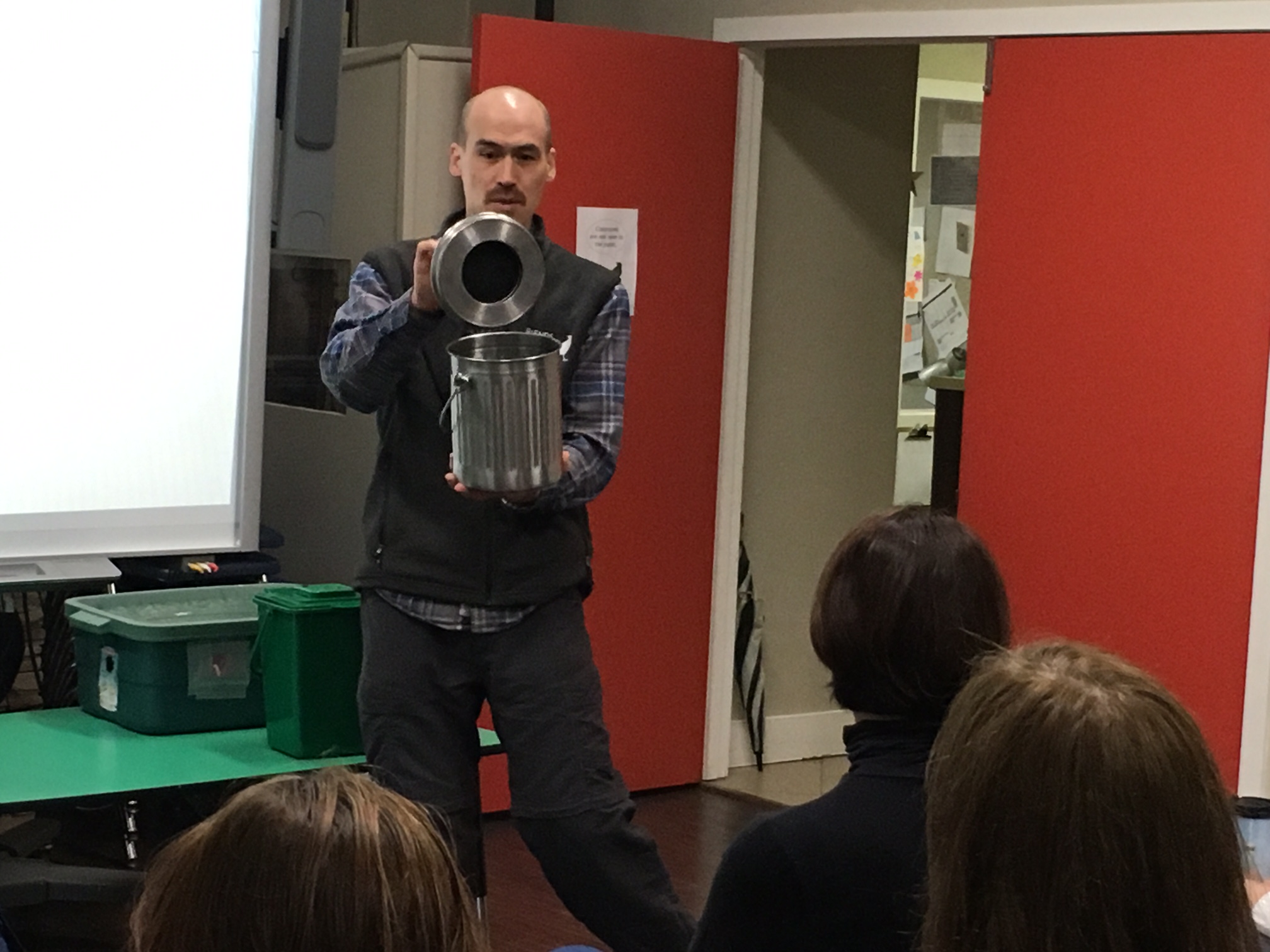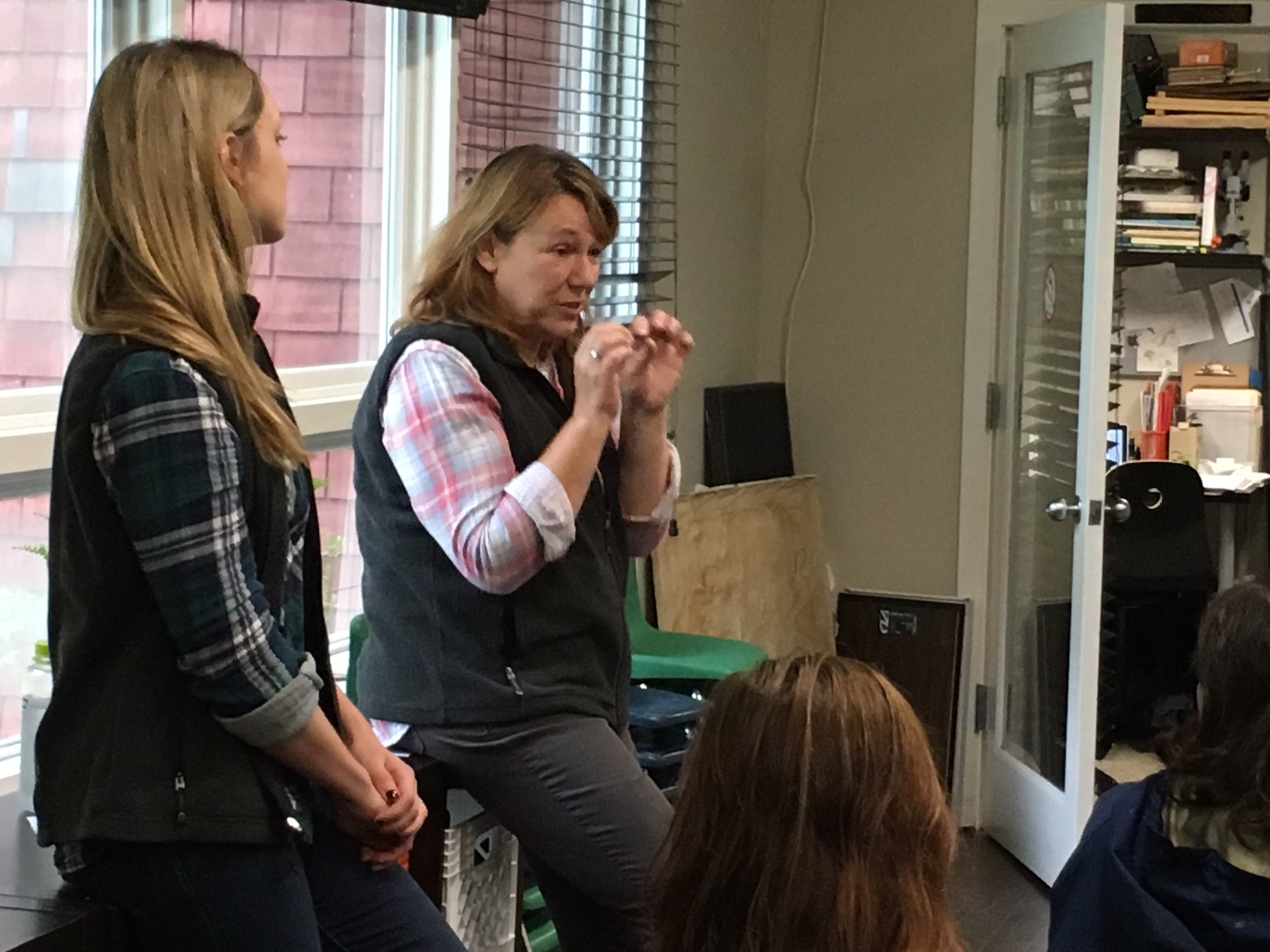Taro Ietaka, Director of Conservation & Land Stewardship at Rye Nature Center, shares insights and tips about maintaining a healthy yard.
Five Lessons from an Organic Farmer and a Naturalist
By Taro Ietaka
Friends of Rye Nature Center teamed up with the Rye Sustainability Committee’s Healthy Yards Project (RHYP) this spring to help spread the word on home landscaping without chemical herbicides, pesticides, and fertilizers. The kickoff event, “What’s Under Your Lawn: The Secret to Healthy Soil” featured Max Apton, former field manager at Stone Barns and now owner of the Farmer’s Garden. During our discussions leading up to the Healthy Yards event, it became apparent that Max and I had arrived at many of the same conclusions when it comes to what makes a yard healthy.
Lessons from the forest and organic farm for a healthy yard:
Let this be your pesticide! (Photo of ladybug by charlesjsharp on commons.wikimedia.org)
Nature provides for its own. A big goal of the RHYP is to wean properties off of chemical-dependence. Synthetic pesticides and herbicides kill beneficial soil micro-organisms that are helping your plants.The trees and shrubs in our forest grow just fine without the addition of any fertilizer other than decomposing plants and what animals leave behind. Be like nature: amend your soil with compost and manure, and leave shredded leaves and grass clippings in place to decompose.
Bare ground is bad. Aristotle may have said it first: “Nature abhors a vacuum.” In our case, that “vacuum” is bare, exposed soil which quickly dries out and gets washed away with a heavy rain, or gets colonized by weeds. So remember to mulch between your plants or, even better, plant close together to cover the ground in green.
Diversity is desirable. Our Eastern forests have been hit by chestnut blight, Dutch elm disease, and many other pathogens over the years, and yet, they have survived. Forests are resilient because of their diversity: if the chestnuts go down, the maples step up. A monoculture, such as a tree plantation or a lawn of Kentucky bluegrass, has no backup plan and is an easier target for marauding insects or fungal invasion.
Insects are good (for the most part). Pesticides are poison. They are designed to kill insects and they don’t discriminate between unwanted potato bugs and desirable honeybees. A healthy, diverse ecosystem (see above) will have checks and balances that keep insect infestations under control: let birds, spiders and beneficial bugs be your natural pesticides.
Go native. – Don’t give in to the temptation to plant that new beautiful Asian shrub that just arrived at your nursery! We have many examples of gardeners who inadvertently started an invasion after succumbing to the tempting flowers of Chinese wisteria, fruit of wineberry, or one of the many other plants that have run amok in our region. An extra benefit of using native plants is the increase in birds and butterflies you’ll see. Our wildlife generally prefers local cuisine over the exotic.
Did you miss the Wainwright House kickoff event? You can watch Max and Taro's presentation on Rye TV.
Visit our Rye Healthy Yard and Resources Section to learn more. And ...
Take the RHYP Pledge!
